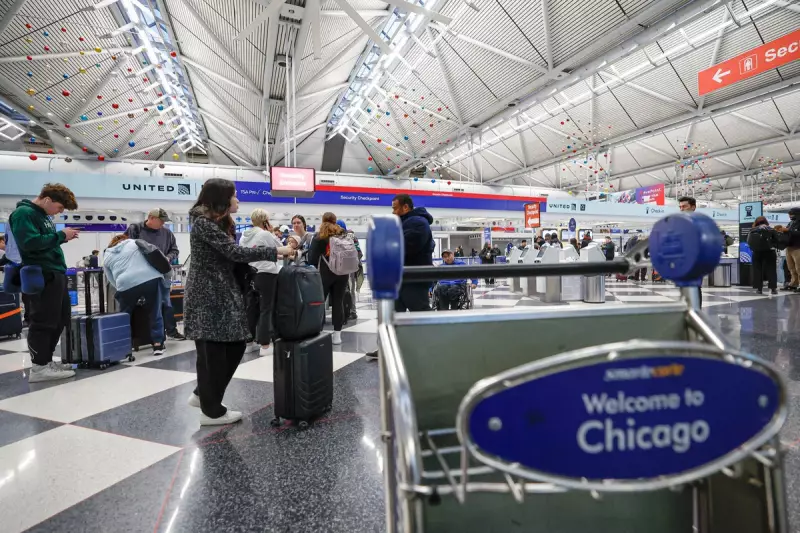
A severe shortage of air traffic controllers across the United States is triggering massive flight disruptions, leaving thousands of passengers stranded and facing extensive delays at major airports.
The staffing crisis has become so critical that it's now identified as a primary contributor to the growing wave of travel chaos affecting American airspace. Aviation experts warn that without immediate intervention, the situation could deteriorate further during peak travel seasons.
The Scale of the Problem
Recent data reveals alarming gaps in air traffic control staffing levels at key facilities nationwide. Major hubs including those in New York, Florida, and Chicago are operating with significantly reduced teams, forcing remaining controllers to work under intense pressure and leading to mandatory traffic flow restrictions.
These staffing deficits directly translate to fewer planes being cleared for takeoff and landing, creating ripple effects that disrupt schedules across the entire national aviation network.
Impact on Travellers
Passengers are bearing the brunt of this systemic failure, with:
- Average delay times increasing dramatically
- Last-minute cancellations becoming more frequent
- Connecting flights missed due to initial delays
- Extended wait times on tarmac becoming commonplace
The situation has become particularly acute during busy travel periods, with some airports experiencing delay rates exceeding 50% for departing flights.
Industry Response and Solutions
Aviation authorities acknowledge the severity of the staffing crisis but face challenges in rapidly recruiting and training new controllers. The complex certification process means that even with increased hiring, it may take years to fully address the current deficits.
Some airlines have begun proactively adjusting their schedules and implementing wider buffer times between flights, though these measures often result in reduced frequency and capacity for popular routes.
The ongoing controller shortage represents one of the most significant challenges to US aviation infrastructure in recent years, highlighting systemic issues in workforce planning and training pipeline development.





